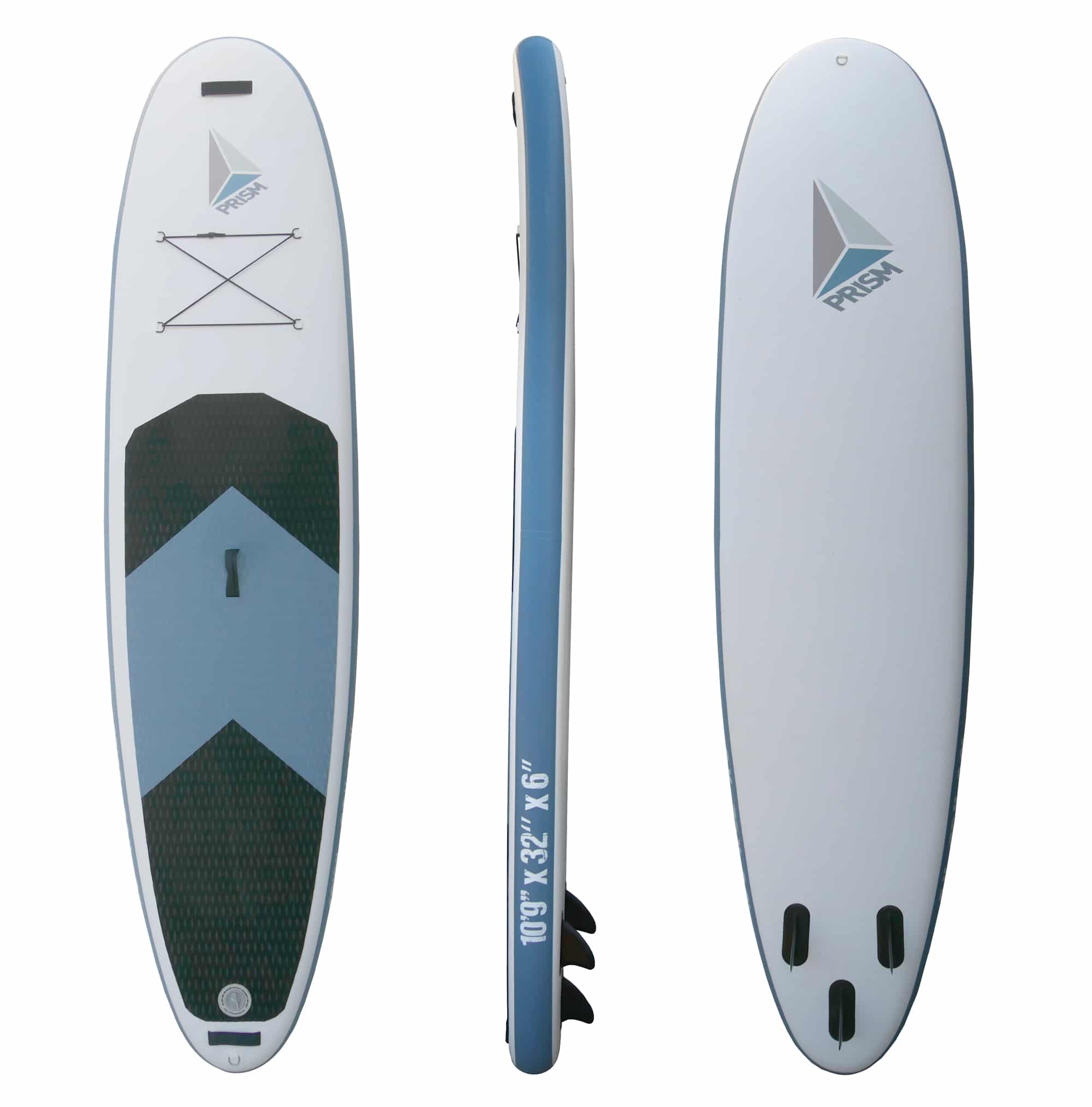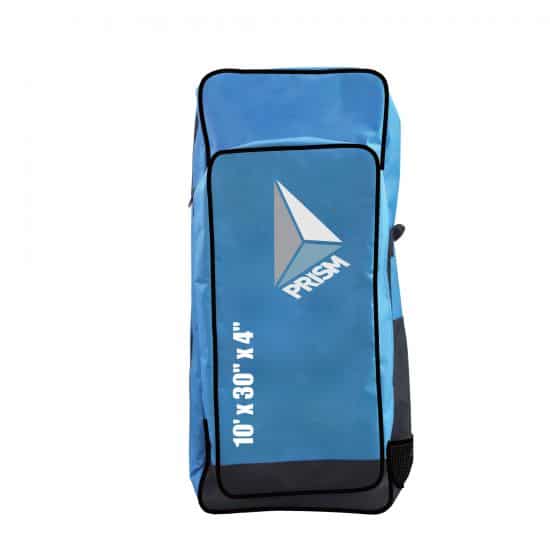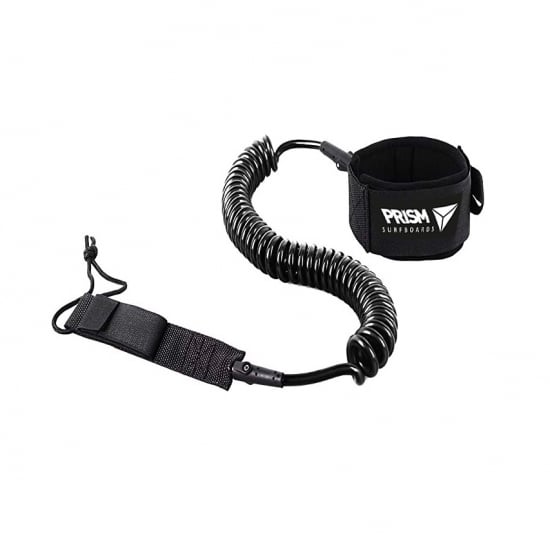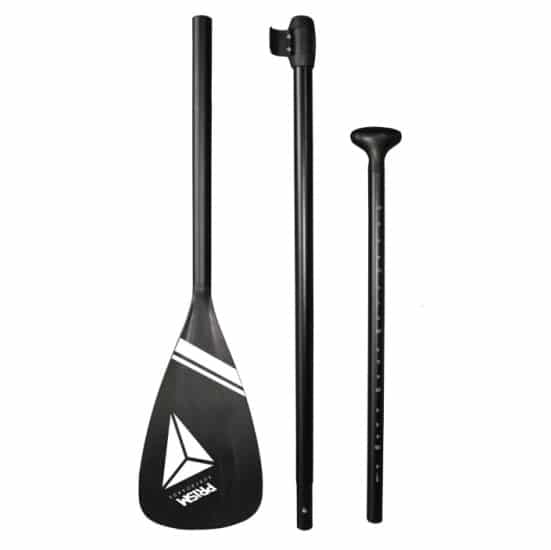Inflatable paddle buying guide

1-History:
Paddling or stand-up paddling was originally practiced by Polynesian kings. 300 years ago.
They rode the waves standing up with a paddle on large wooden boards.
In the early '40s, it was the Beach Boys and Duke Kahanamoku who brought this activity back into fashion.
Once again forgotten in favor of classic surfing, paddleboarding re-emerged in the early 2000s thanks to Laird Hamilton and Dave Kalama. From then on, the activity really took off, with the realization that there were a multitude of possible practices:
Surf
Ballade
Breed
Yoga
Fishing
There was still one problem: the stand-up paddle board is generally long, bulky and quite heavy. Transporting a stand-up paddle requires at least a roof rack or, better still, a large van.
In 2010 the revolution arrives: the paddle becomes inflatable!
And now the hassle of transport is a thing of the past. The inflatable paddle inflates and deflates in just a few minutes. The inflatable paddle and all its accessories (pump, leash, removable paddle) fit into a bag smaller than a golf bag.
The inflatable paddle fits in the trunk of a small city car. The inflatable paddle travels with you by train, plane... with no extra charges. And also by bike, as most inflatable paddles come with a bag so you can carry it on your back. The sea-bike revolution is underway!
2-Construction :
The main material of the inflatable paddle is PVC.
Inside the pvc structure of the inflatable paddle is the dropstitch. This is a multitude of nylon threads that hold the structure of the inflatable paddle together. The greater the density of the threads in the inflatable paddle's structure, the greater the paddle's ability to withstand very high pressures. The quality of an inflatable paddle's drop stitch determines its rigidity, and therefore its performance and resistance over time.
There are several types of glue for assembling the dropstitch pvc inflatable paddle structure:
-Classic collage:
Made of PVC glue, it guarantees a good assembly, but has the disadvantage of deteriorating over time. Your inflatable paddle will be subjected to severe stress over the seasons. Inflating, deflating, heavy UV exposure, almost constant humidity... all these factors will alter the glue on your inflatable paddle over time.
Eventually, it may leak and become unrepairable if there are too many of them.
Inflatable paddle bonding with fusion technology:
Inflatable paddles are assembled under heat. All the seams of the inflatable paddle are heated until they melt. When these parts are liquid, we assemble them.
As the temperature of the joining points drops, the previously liquefied PVC solidifies.
This inflatable paddle assembly technology is perfect. The desired finish and shape of the inflatable paddle is ideal. The bonding strength over time is virtually unlimited.
There are several types of pvc structure thickness for an inflatable paddle:
Single-skin inflatable stand-up paddle structures:
The sup assembly with a single-skin structure is generally intended for large, thick, high-volume inflatable stand-up paddles. In fact, this type of sup structure is very light. The result is a big board that's still light. What's more, this type of inflatable paddle is generally quite thick, and with a thick sup and a sup structure with very good dropstitch quality, you end up with a very rigid board.
Double-skin inflatable stand-up paddle structures:
The main advantage of a double-skin inflatable stand-up paddle structure is to increase the rigidity of the sup at equal pressure, compared with a single-skin inflatable sup structure.
This type of double-skin inflatable sup structure is generally used for sup boards of moderate volume. Indeed, the thinner the board, the more rigid the structure. The extra rigidity of a double-skin structure is the main advantage.
What's more, with its limited volume, the inflatable paddle's double-skin structure won't add much weight to the sup.
Essential accessories for an inflatable paddle :
A good quality pump:
The quality of your sup's pump will determine its rigidity. If your stand-up paddle pump won't inflate above 15 PSI, for example, whereas your inflatable paddle can withstand 25 PSI, you're going to lose performance unnecessarily.
We therefore recommend using a high-pressure paddle pump.
Your inflatable sup's pump needs to inflate quickly, so a dual-flow pump (pump up and pump down) is highly recommended.

A good quality bag:
The inflatable sup bag must be sturdy. It's going to be lying around on the beach, in the car... It's going to be loaded and unloaded frequently, and will be damp all the time.
It must be large enough to accommodate the inflatable paddle, pump, dismantled paddle and leash, as well as a wetsuit.

A quality leash, adapted to your use:
If you're mainly into surfing, opt for a straight leash (straight urethane leash cord, not a telephonic leash).
For all other types of inflatable stand-up paddling, use a telephone-type sup leash. This type of leash tends to rise naturally to the top of the board. It won't drag in the water, and that's always a plus for your paddle's rowing speed 😉

https://www.prism-surfboards.com/accessoires/leash/leash-sup/
A good quality special paddle:
While high-performance inflatable stand-up paddlers will prefer a fiberglass or carbon sup paddle, a quality aluminum sup paddle will do just fine.
The paddle for an inflatable sup will ideally be in 3 parts to fit into the inflatable paddle bag. It should preferably be adjustable to suit all sup users (families).

https://www.prism-surfboards.com/accessoires/accessoires-sup/pagaie-sup/
3-What shape and size of inflatable paddle to choose, depending on your program of use:
Ride and surf the small waves on an inflatable paddle:
Touring sup's are generally suitable for surfing in small waves.
Choose a round board for the front and back of the inflatable paddle. Sufficient volume for the weight of the user(s).
For a single rider or surfer weighing less than 80kgs, a 10' x 30'' x 4'' would be ideal.
A 10'6 x 31'' x 6'' sup is the ideal size for a very stable board, for a weight of over 80kgs, with occasional use of the inflatable paddle for surfing and/or two people on the sup.
If you want to use your inflatable paddle mainly for touring, for people weighing over 90 kg, or for several people, you'll need a size of 10'9 x 32'' x 6''.

https://www.prism-surfboards.com/sup-gonflables/sup-gonflable-10/
Race inflatable paddles:
Sup de races are intended for performance.
They are pointed at the front, narrow in the middle and very narrow at the rear. They give you plenty of glide and the ability to move quickly.
However, these inflatable supers are totally unsuitable for surfing.
They are generally very unstable and totally unadvisable for beginner supers or leisure and family use of your inflatable paddle.
Inflatable paddles for yoga:
These are very wide, very stable boards. They allow you to concentrate on your yoga postures without having to worry so much about your balance on an unstable inflatable paddle.
Unsuitable for surfing due to their excessive width, they are also mediocre for touring, as they are not very fast.
Family and group use is also possible.
Inflatable fishing paddles:
Fairly wide in the middle and back, these paddles are generally pointed at the front.
The width of these inflatable paddles provides good stability so you can concentrate on fishing. The sup's pointed nose facilitates good paddling speed.
These inflatable paddles are not suitable for use in the surf.
These supers are ideal for single-person outings.
4-What type of fins are on an inflatable paddle?
There are two types of fins on an inflatable paddle:
Removable fins.
Attached to a housing, these fins provide good directivity for your inflatable paddle. Sup with removable fins are generally equipped with a single central fin, and the fin is rigid.
This type of fin must be removed when deflating. You'll need to be careful not to lose it.
Inflating and deflating the paddle will also take longer, as the inflatable sup's fin has to be fitted and removed.
This type of fin is unsuitable for river use. In fact, if you hook a branch or a pebble, you risk losing it or breaking the fin or the paddle's casing. The same goes for using your inflatable paddle on a sandy beach.
Fixed ailerons.
Generally shorter than removable fins, there are often three or four of them to give the inflatable paddle good directivity.
These are flexible fins glued to the pvc structure of the board.
They offer many advantages. They roll up with the board in the inflatable paddle bag. No loss or breakage.
They are indestructible and unbreakable.
They allow both sea and river cruising with good directivity and no loss or breakage.
What's more, flexible fixed daggerboards on inflatable paddles provide greater manoeuvrability, and therefore increase the wave-surfing ability of all inflatable paddles fitted with them.

